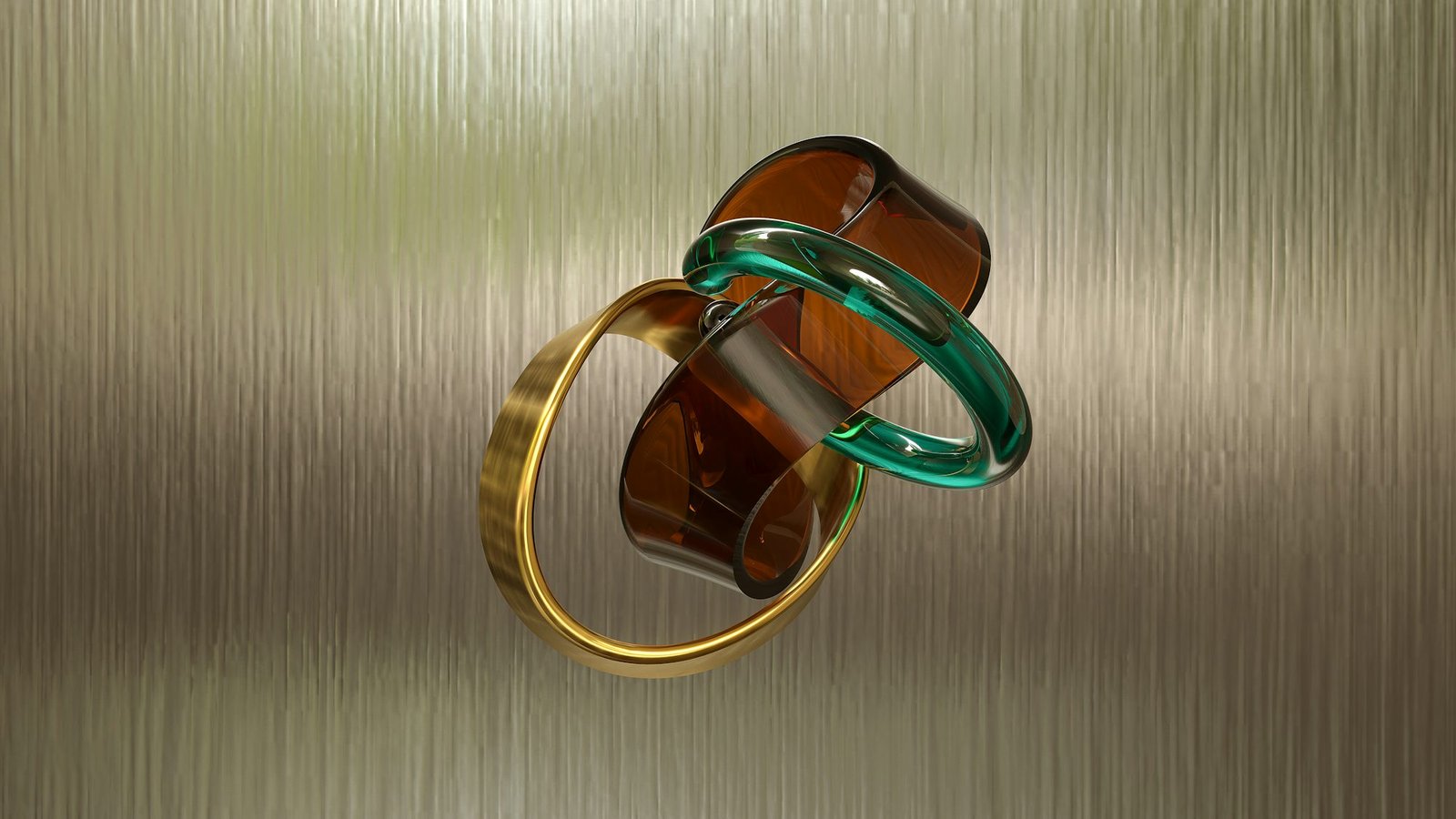
Jewelry has captivated the hearts and minds of people for centuries, serving not only as an adornment but also as a symbol of identity, culture, and personal expression. From the earliest days of human civilization, jewelry has been intricately linked to societal values and individual stories. This article takes you on a journey through the rich history of jewelry, examining its craftsmanship, cultural significance, and the way it has evolved into a powerful form of self-expression in contemporary society.\n\n A Historical Overview of Jewelry\nThe history of jewelry dates back to prehistoric times, when early humans began crafting adornments from natural materials such as shells, stones, and bones. These primitive pieces often held significant meaning, serving as indicators of social status or tribal affiliation. As societies evolved, so did the artistry involved in jewelry making. Ancient civilizations, such as the Egyptians and Greeks, produced exquisite pieces that not only displayed wealth but also embodied religious and Accessories cultural beliefs. In ancient Egypt, for instance, gold jewelry was not only a symbol of affluence but Streetwear also played a crucial role in funerary practices, believed to offer Wardrobe protection in the afterlife.\n\nThe Greeks, on the other hand, used jewelry to express personal identity and connection to mythology. Pieces adorned with intricate designs and motifs reflected the values and aesthetics of the time, showcasing the craftsmanship and creativity of artisans. In Rome, jewelry became a significant status symbol, with elaborate designs and precious materials indicating the wearer's wealth and power. This historical context sets the stage for understanding how jewelry has been woven into the very fabric of human society.\n\n The Cultural Significance of Jewelry\nJewelry is deeply embedded in the cultural practices and traditions of societies around the world. Different cultures have unique styles and meanings associated with their jewelry. For instance, in Indian culture, gold jewelry is an essential part of wedding celebrations, symbolizing prosperity and marital bliss. Traditional pieces often feature intricate designs and gemstones that carry specific cultural meanings, enhancing the emotional value of the jewelry.\n\nIn contrast, Native American jewelry often reflects a connection Trend to nature and spirituality. Artisans craft pieces using materials like silver, turquoise, and other natural stones, creating jewelry that tells stories of their heritage and beliefs. The intricate beadwork and unique designs are a testament to the cultural narratives passed down through generations, making each piece a representation of identity and community.\n\nAfrican jewelry, similarly, carries deep meanings related to social status and tribal identity. Beaded necklaces, bracelets, and earrings are not just decorative; they often convey messages about the wearer's role within their community. The vibrant colors and patterns found in African jewelry showcase the rich cultural diversity of the continent, making each piece a celebration of identity and heritage.\n\n The Shift Towards Personal Sentimentality\nAs we move into the Victorian era, we observe a notable transition in the perception of jewelry. This period marked a shift towards personal sentimentality, where jewelry began to embody emotions and personal stories. Lockets, for example, became popular as they allowed individuals to carry mementos of loved ones, turning jewelry into a cherished keepsake. This shift emphasized the emotional connection to jewelry, making it a personal narrative rather than just an accessory.\n\nThe 20th century saw further evolution in the world of jewelry, particularly with the rise of the Art Deco movement. This era introduced bold geometric designs and vibrant colors, moving away from traditional styles. Jewelry became a canvas for artistic expression, allowing designers Jewelry to explore new materials and techniques. Costume jewelry emerged during this time, democratizing access to adornments and allowing individuals from various backgrounds to express their unique styles without the constraints of precious materials.\n\n Contemporary Trends and Individual Expression\nIn today's society, jewelry serves as a powerful means of self-expression. Modern designers focus on sustainability and ethical practices, responding to a growing demand for responsible consumption. Many consumers are now drawn to brands that prioritize ethical sourcing and environmentally friendly production methods, reflecting a broader cultural movement toward mindfulness and social responsibility.\n\nCustomization has also become a defining trend in contemporary jewelry. Individuals seek unique pieces that resonate with their personal stories, often opting for custom designs that feature engraved messages, birthstones, or symbols significant to their lives. This trend highlights the importance of individuality in jewelry design, allowing wearers to create pieces that celebrate their unique journeys and identities.\n\n The Influence of Technology on Jewelry Design\nThe impact of technology on jewelry design Apparel cannot be overstated. Advancements such as 3D printing have revolutionized the industry, enabling artisans to create intricate designs that were once impossible to achieve. This Fabric innovation has expanded the possibilities of jewelry creation, making custom pieces more accessible to a wider audience.\n\nDigital platforms have further transformed the jewelry landscape, providing a space for designers to showcase their work to a global audience. Social media plays a crucial role in this, allowing artisans to connect with consumers and share their creative processes. This democratization of fashion encourages a diverse range of expressions in jewelry, celebrating both the artistry of individual designers and the preferences of consumers.\n\n Conclusion: The Timeless Nature of Jewelry\nJewelry continues to hold significant cultural and personal importance, weaving together history, artistry, and emotion. From ancient adornments to modern masterpieces, it reflects the creativity and values of the societies that produce it. As we embrace new materials and technologies, the future of jewelry promises to be as dynamic and diverse as its Designer past. Whether worn as a statement of individuality, a celebration of cultural heritage, Outfit or a cherished keepsake, jewelry remains a timeless form of self-expression, inviting Couture us to explore our identities and connections to the world around us.
Clara Robinson